The Coroner’s report into the 2016 tragedy at the Dreamworld theme park where four members of the pubic died when the Thunder River Rapids Ride broke down was issued in February 2020 and highlighted major shortcomings in Ardent Leisure’s leadership pointing to a “systemic failure in all aspects of safety”, “rudimentary and deficient” safety management practices prior to the tragedy and a “negligent, greedy corporate culture that put profits before safety.”
The coroner stated that “such a culpable culture can exist only when leadership from the Board down are careless in respect of safety”.
This is a pretty damning opinion of the former board of directors who included executives and non-executive directors with extensive business and board experience; however, it’s likely an opinion shared amongst the victims’ families and members of the public, if we look solely at the findings in the Coroner’s report.
What’s troubling though is that the coroner’s opinion appears to be significantly different to the perception of the culture and safety governance by the former Chair of Ardent Leisure, owner and operator of the theme park, when he was quoted saying soon after the accident:
“I still can’t work out how it could have happened… Ardent had a very strong culture of safety. It had a safety committee which included directors and various executives involved with safety issues at the operating levels. The committee met regularly and reported very frequently to the board.”
So, why the gap?
How is it that a Chair, and one might infer the entire Ardent Leisure board, had such a different perception of what a strong culture of safety looks like, to that of the coroner, and more than likely to many in the corporate and safety professional communities?
Even the Safety Manager at Dreamworld described the safety systems in place at the time of his employment, approximately seven months prior to the event, as ‘quite immature’.
And how is it that a Chair can have such confidence in the board’s governance, but be seen by others as careless or negligent?
***
This is Part 1 of a 2-part series where we take the tragic event at Dreamworld and the coroner’s findings and we dive a bit deeper into what this means for boards and their understanding of safety.
In Part 1, I explore the difference between carelessness and lack of competency, because these two aspects are important in understanding why those on the Ardent Leisure Board were so comfortable in the management of safety at Dreamworld where others in hindsight have said the board was careless and negligent.
In Part 2, I’ll look at some foundational principles that I believe should be included in any corporate director’s professional development in safety governance and leadership.
***
Carelessness or incompetence?
Unfortunately, the coroner gave very little insight into the role that the Ardent Leisure board may have played in contributing to this tragic event, or the competency of board members in safety governance and more broadly their understanding of their influence on adverse outcomes as well as creating safety.
So the real question we want to understand is whether the board was actually careless as the coroner suggests or did they in fact lack competency in safety to be effective in their governance and leadership?
To answer this question we will apply a similar line of thinking that we should use when looking at any accident where we’re trying to understand why something happened, why events played out as they did?
This means we refrain from asking “why did someone do the ‘wrong thing’”, and instead we seek to understand “why did what they do make sense?”.
So we’re not asking whehter the board was careless, we’re asking why did the structures and systems in place make sense to them, or bring them comfort that things were in a good place or operating as they should.
When we ask the question in this way, we are much more open to understanding powerful contextual features in the system that create and influence safety. When we ask the question in this way, we avoid blaming individuals or finding someone accountable, which quite frankly is much easier to do than really trying to understand how safety is created or hindered in complex systems.
But this is where many leaders get caught out, they do ‘down and into the system’ looking for broken parts, aka people who don’t follow the rules, instead of looking ‘up and out’ to understand all the relationships and interactions at play that influence why we do what we do and perhaps where leaders influence why people do what they do.
So as difficult as it might be for many of us to not look at this tragic event as a failure of leadership, and avoid seeing the board as negligent or careless, we need to first ask ourselves, why did the governance and culture of safety look so good or robust to the Ardent Leisure Board?
Why did what they see, as outlined by the Chair’s comments, make sense to them and bring them comfort?
Because when an incident occurs, it’s important to understand that the events or decisions that led to that event were likely not unique, indeed it’s very likely that how the work was done that day or the decision that was made months ago, was normal, it was everyday work, it was not unique. That’s hard for many leaders to see because they want to find something broken, so they can fix it. That’s a natural human instinct and one that many leaders feel morally compelled to do.
But I encourage you, instead of seeing broken parts, and thinking linearly, event A causes event B, which causes event C, and so on, to appreciate that things are not that simple in complex systems. We need to think more in loops and understand that the systems behaviour will emerge from the web of relationships that exist and the structure of the feedback loops.

Complex systems and feedback loops
For example, in complex systems every day comes with new inputs and decisions that need to be made, and to manage the ever present variability people will make trade-offs. But people can’t see or appreciate how each of their decisions or how the impact from their decisions will influence other parts in the system, like other departments or even externally, who also need to make decisions. All of these decisions are like feedback loops that have ripple effects – and they inform other people’s decisions.
This is how your decisions in the boardroom can have a lot of influence on how those in your executive team, or your line managers or those on the front line make decisions because depending on whether the feedback loop is reinforcing or balancing, the decisions you make can be exacerbated and create the behaviour you want or that you don’t not.
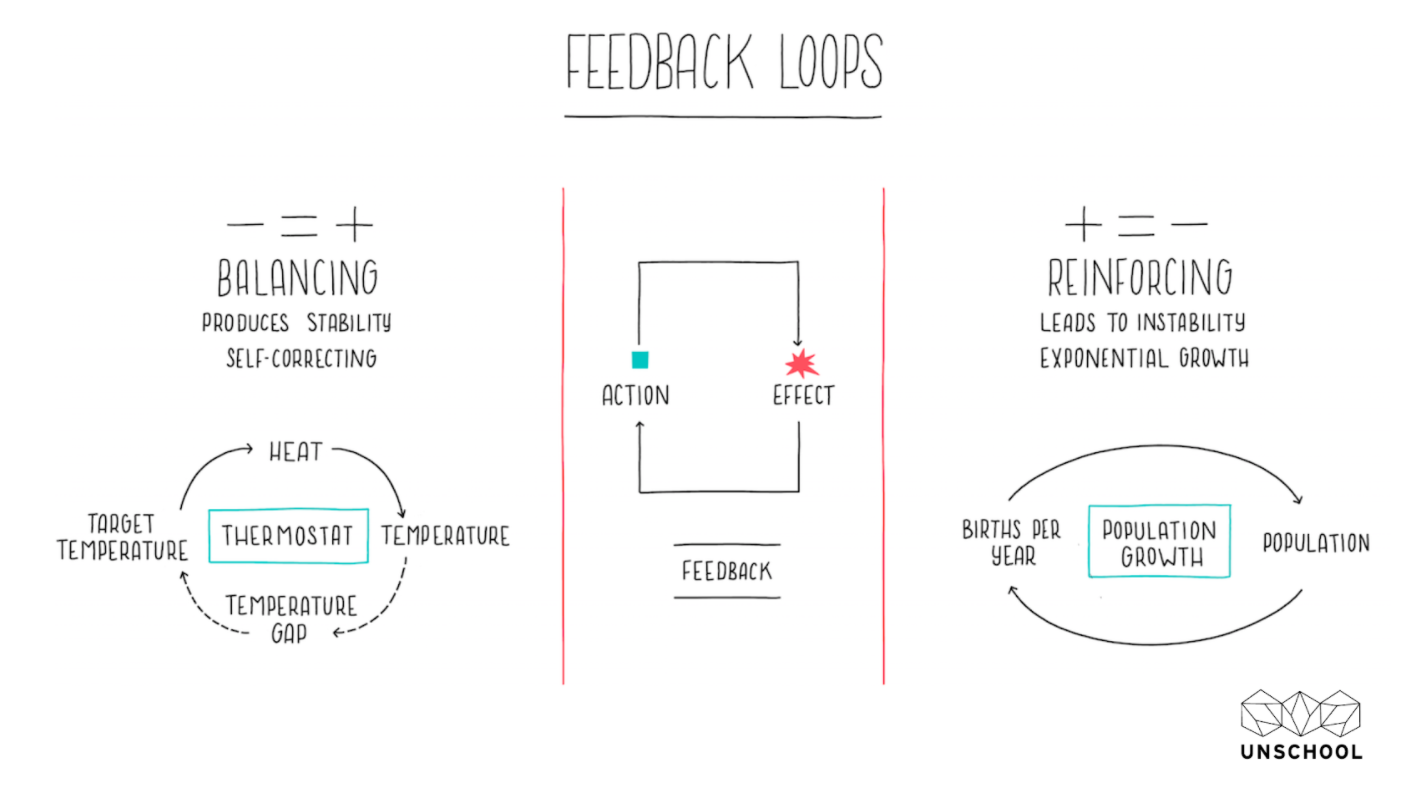
So if we appreciate that trade-offs are inevitable in complex systems and they’re not a bad thing; they’re not something we should avoid, they help us achieve success, but can also be a source of failure. But each trade-off will not necessarily produce the same results as it did the day before or the month before. But quite often people will rely on past success to predict future success. So when there are no accidents or adverse outcomes from people’s decisions, they think that those trade-offs were justified or that they’re not hindering safety, so they assume that they can make those decisions / trade-offs again with the same outcome, but in complex systems, past success is not a predictor of future success. And all of those trade-offs will inform patterns of behaviour, or the culture.
So consider for a sec that the coroner referred to the corporate culture at Dreamworld as negligent, and greedy where profits were put before safety, but if the Ardent Leisure Board was relying on past success from their budgeting or other resourcing decisions as a predictor of future success then because they’re not seeing any significant incidents, maybe no incidents at all, this will affect the board’s perception of the success of their previous decisions.
Add to that performance reporting that shows no significant incidents, indeed the company is performing well amongst resource constraints, so this becomes a reinforcing feedback loop which in systems thinking is not usually a good thing.
In reinforcing loops, an abundance of one element can continually refine itself, which often leads to it taking over. Basically this reinforcing feedback loop confirms the board’s biases or their expectations that safety is being managed well and that their decisions are not having a negative impact.
Mental models
This is why it’s so important that we continue to learn and update our mental models of safety and systems thinking, because this ensures that we have a better understanding of the influence of our decisions and the complexity involved in creating safety in complex systems.
In the boardroom, the mental models of board members will influence what they pay attention to, comment on, measure, reward and monitor, or vice versa, what they don’t do in any of these areas. Now this is critical because this is how the board influences organisational culture.
You can see here in this systems mapping iceberg diagram, that the mental models of the board will inform the structure of the system, and the structure influences patterns of behaviour, aka organisational culture, and culture will influence people’s decision making which will influence whether we hinder or create safety.
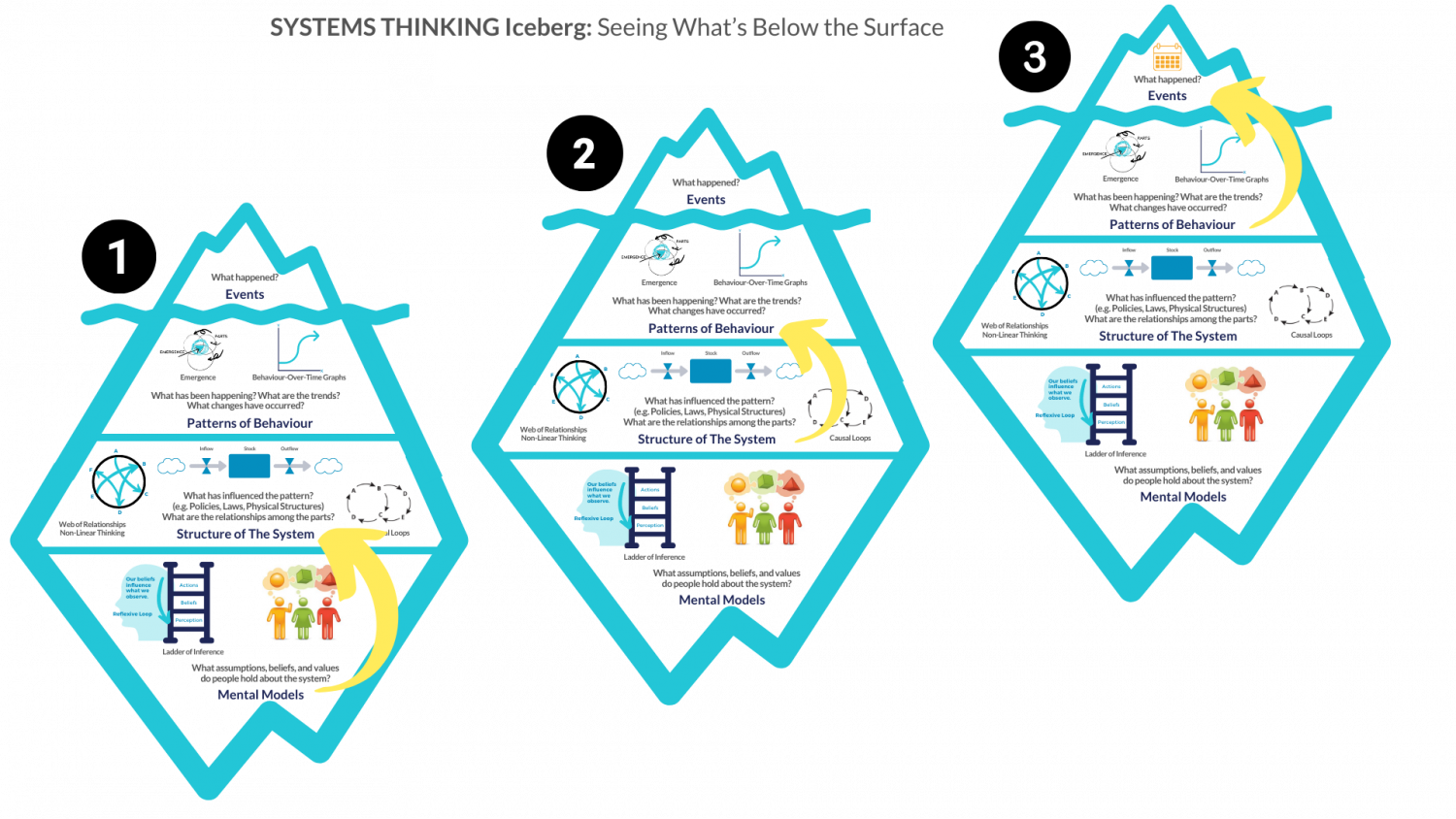
So if board members are going to be able to influence the ‘right’ patterns of behaviour and do their best to ensure that the structure of the system is one that prioritises safety, where there’s a conflict with such things as profit and efficiency, then board members must have an informed mental model of safety. That means, a solid foundation of knowledge in safety, and appreciate the breadth of their influence on safety outcomes from their decisions and behaviour in the boardroom.
And this is where we’re getting to the crux of whether the Ardent Leisure Board was actually careless or lacked competency in safety. And if it was a lack of competency, was it unique to that particular board? If not, how widespread is this amongst the corporate director community?
The former Chair of Ardent Leisure outlined a number of governance structures and artefacts that were clearly part of his mental model of safety and informed what he believed was a robust safety governance framework and likely the information that was being reported to the board confirmed what they believed was a strong safety culture, again, based on their mental model of safety … Yet, the coroner still referred to the Board as careless.
We can all appreciate that you can have the structures and systems that the former Chair outlined, but if you have the ‘wrong’ mental models, or they’re ‘out-of-date’, then it’s like filling up a bucket with a hole in it – it doesn’t matter the number of committees you have, or who sits on them and how frequently they meet, if the mental models of those committee members are out-of-date, then they will be ill-informed which won’t help board members influence a safe and resilient organisation and in many ways it will hinder the efforts of those in the business to create safety, which I believe is the more likely scenario with the Ardent Leisure Board.
The coroner’s report into the Dreamworld tragedy is a missed opportunity to understand the the Ardent Leisure Board mental models of safety and perhaps highlight what I see is a growing gap in the mental models of safety that many experienced NEDs and executive directors have and this gap is only going to get wider as the safety profession becomes more informed and knowledgeable in terms of what safety is and isn’t and how to create it, and importantly the role of leadership in building resilient organisations.
But that’s what we’re going to tackle in Part 2!
As always, I hope this has helped you in your quest to know What to Ask and When to Act.
I encourage you to be brave and stay true to your commitment to lead from the heart and I’m confident you will truly reap the rewards.
I’ll catch you in Part 2.
All my best,
Sam
Be Curious. Be Kind. Be Brave.
Welcome!
I’m Samantha
I help board members succeed in the boardroom and make a positive impact on the health, happiness and resilience of society through their effective leadership and governance of safety, health and well-being.
RESOURCES
YOU MAY ALSO LIKE…
FEATURED CONTENT
[text-blocks id=”4249″ plain=”1″]

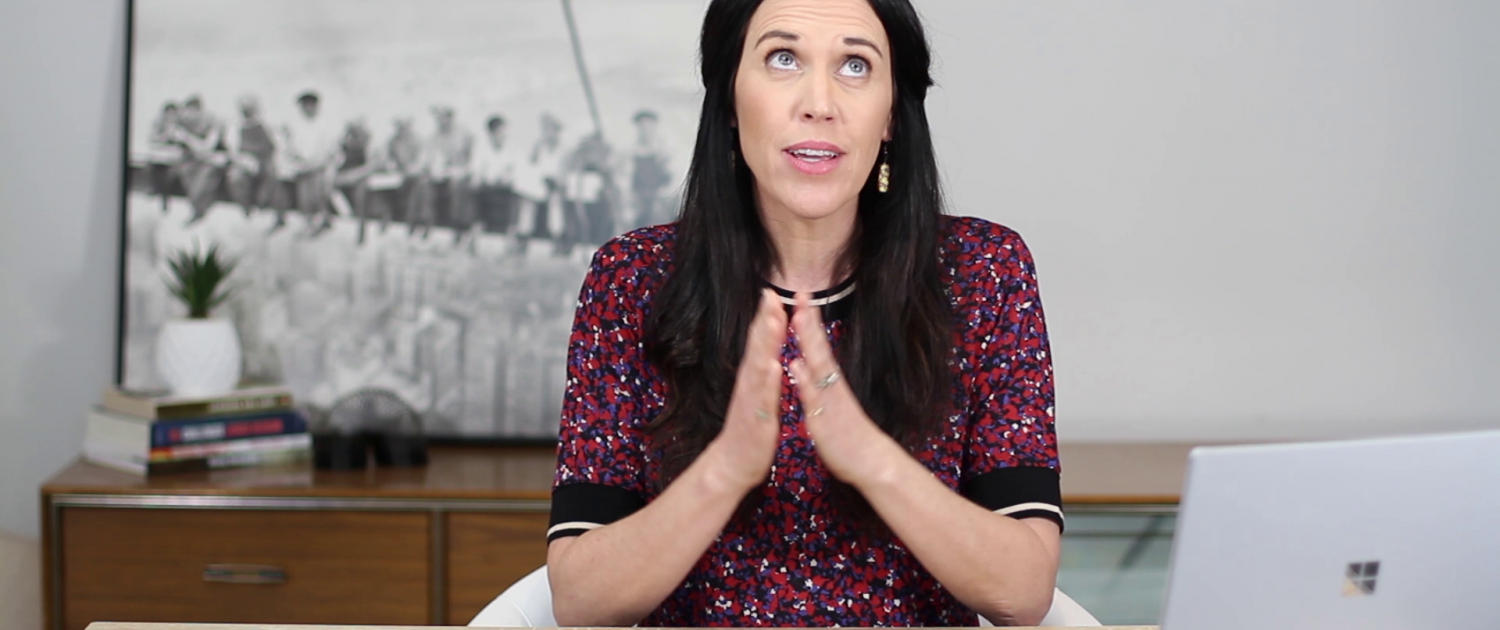


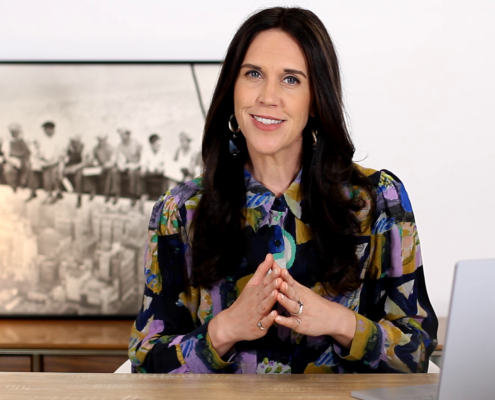
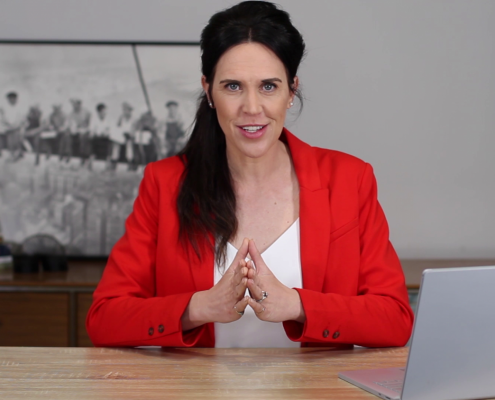
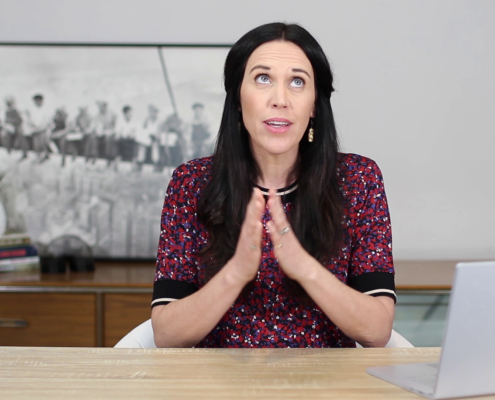

Let us know what you have to say:
Want to join the discussion?Your email address will not be published.